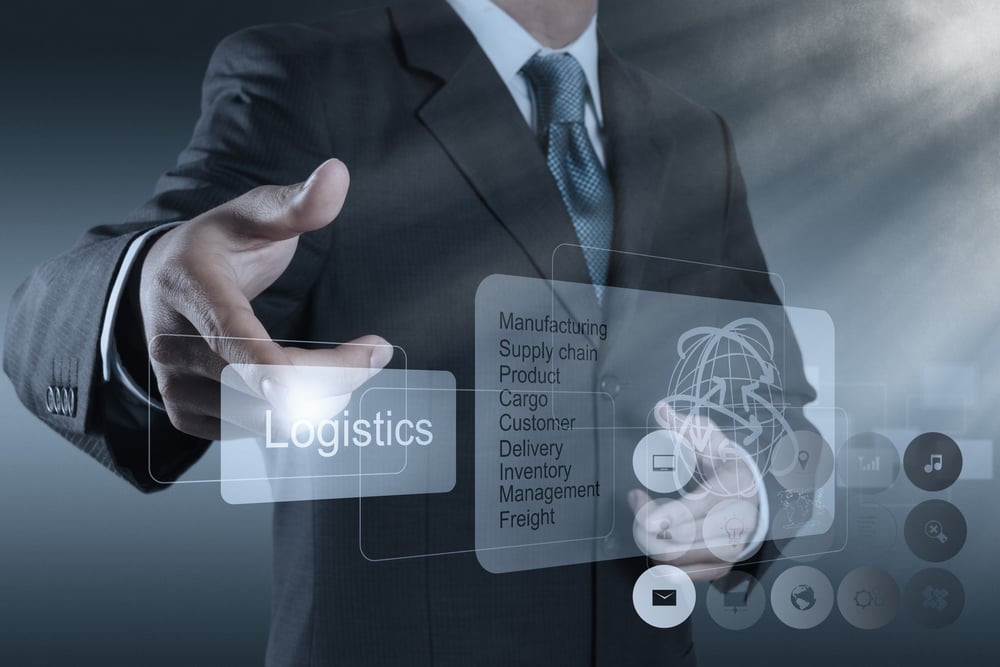Outsourced Accounting
Expertly trained accountants with a deep understanding of the software and your industry,
Sign up for our newsletter to get insights & actionable business accounting tips

Posted on July 14, 2022 at 1:00 PM
Written by Justin Atneyel
The global pandemic, geopolitical conflict, and overall economic uncertainty have highlighted significant issues and gaps within supply chain management. Along the way, there is no part of the value chain that has not been impacted. Business owners have had to revisit everything from their operations to their technology – and everything in between – to try to address the supply chain disruptions.
In Plumb’s fourth installment on insights and actionable tips for how to navigate some of the current challenges being faced by businesses today, we have collected valuable advice for combatting the supply chain slowdown and how to protect yourself moving forward.

To understand how to fix these issues, we must first try to understand how we got here. Here are some of the major events behind this slowdown:
Although there have been some improvements in certain segments of the supply chain slowdown, we will most likely continue to be faced with supply-chain issues for the foreseeable future.
In the wake of supply-chain disruptions, identifying effective strategies to mitigate these challenges has become crucial. This section explores the various approaches and solutions that businesses can adopt to navigate and combat current supply-chain issues. From risk management to productivity review, we explore how companies can adapt to these ongoing challenges.
Risk management plans are essential and need to be as thorough as possible. They should address prospective internal and external problems at every point in the supply chain.
Automation can be a great tool for anticipating and mitigating supply chain disruptions. Solutions such as autonomous mobile robots (AMRs) can address labor shortages, limited throughput, reduced availability of raw materials, and safety or compliance concerns.
Unless you know exactly what is happening with your supply chain, and where the problems are occurring, it is impossible to make impactful changes. Having a thorough understanding of and visibility into your data is of paramount importance during these challenging times. You should be able to access real-time analytics whenever necessary, including raw material status, fill rates, and cycle times. In addition to the collection of data, you must be able to disseminate the information so that all parties involved in your supply chain can access the data that is relevant to their part of the chain.

Consumers have never been more demanding, and their expectations for immediate gratification have never been higher. While they might be willing to spend more money on items to make their lives easier or more comfortable, they are not willing to wait for it. Speedy delivery for global corporations isn’t the same challenge as it is for SMBs anymore. However, there are some technology tools that small business owners can invest in to support them. Route optimization software and electronic proof of delivery are two such tools that small business owners should consider investing in to help streamline and improve their overall understanding of their delivery issues.

Now is the best time to review your productivity across all areas of your supply chain and determine where you might be able to improve efficiencies and outcomes. Sometimes even a seemingly small step in the process can have big impacts down the line.
By implementing some of the assessments, data analysis, and planning outlined above, your business will be more flexible and better equipped to easily pivot when required. The businesses that can lessen some of the effects of the supply chain issues are more likely to see long-term success.
Please check out our other articles about how to navigate some of the current challenges being faced by businesses today:
Founded in 1996, Plumb provides outsourced accounting services to small to medium-sized businesses with clarity and stewardship. We become a valuable extension of internal client operations, ensuring timely, dependable, and cost-effective results.
Sign up now:
Submitting this form subscribes you to emails from Plumb. View our privacy policy.